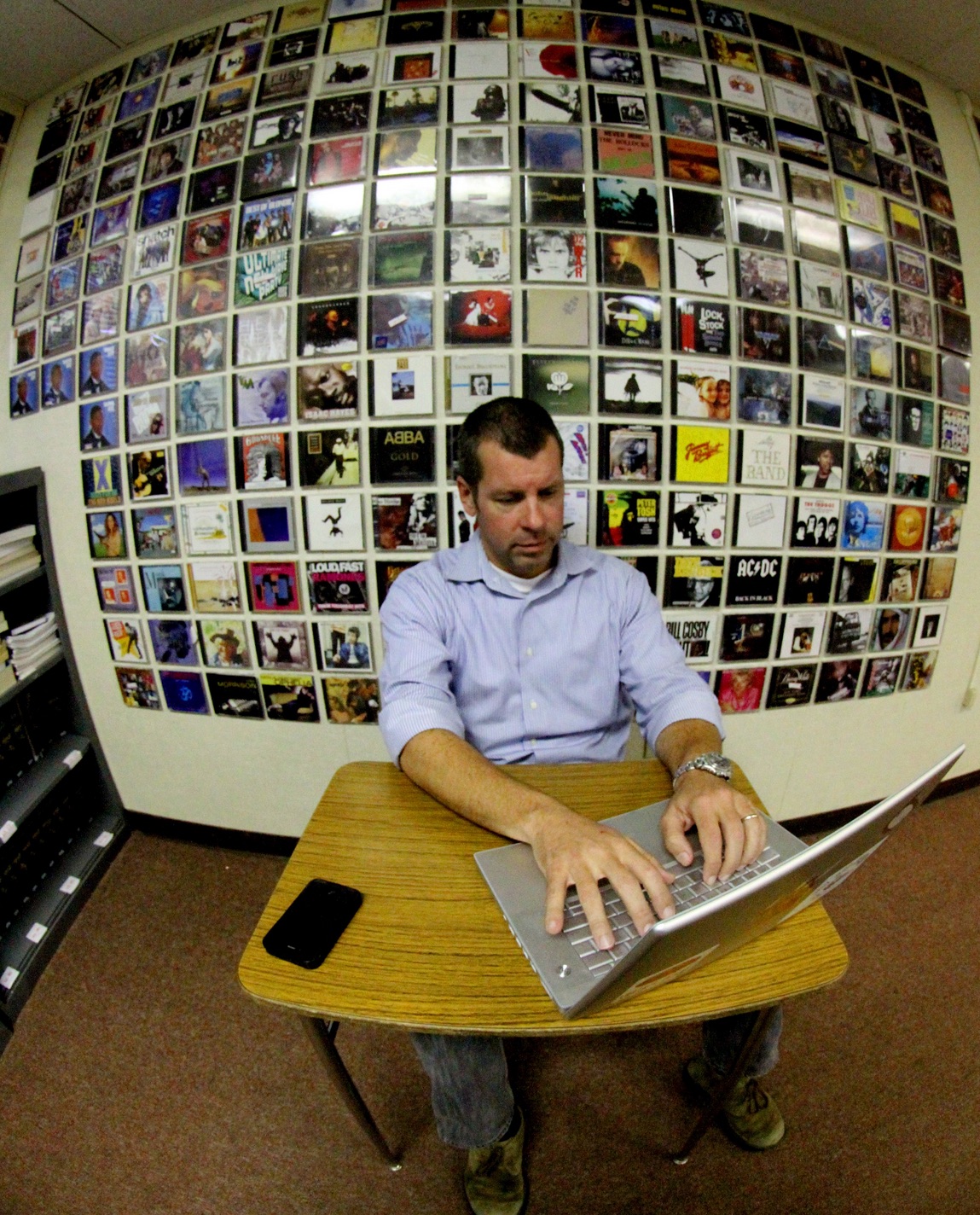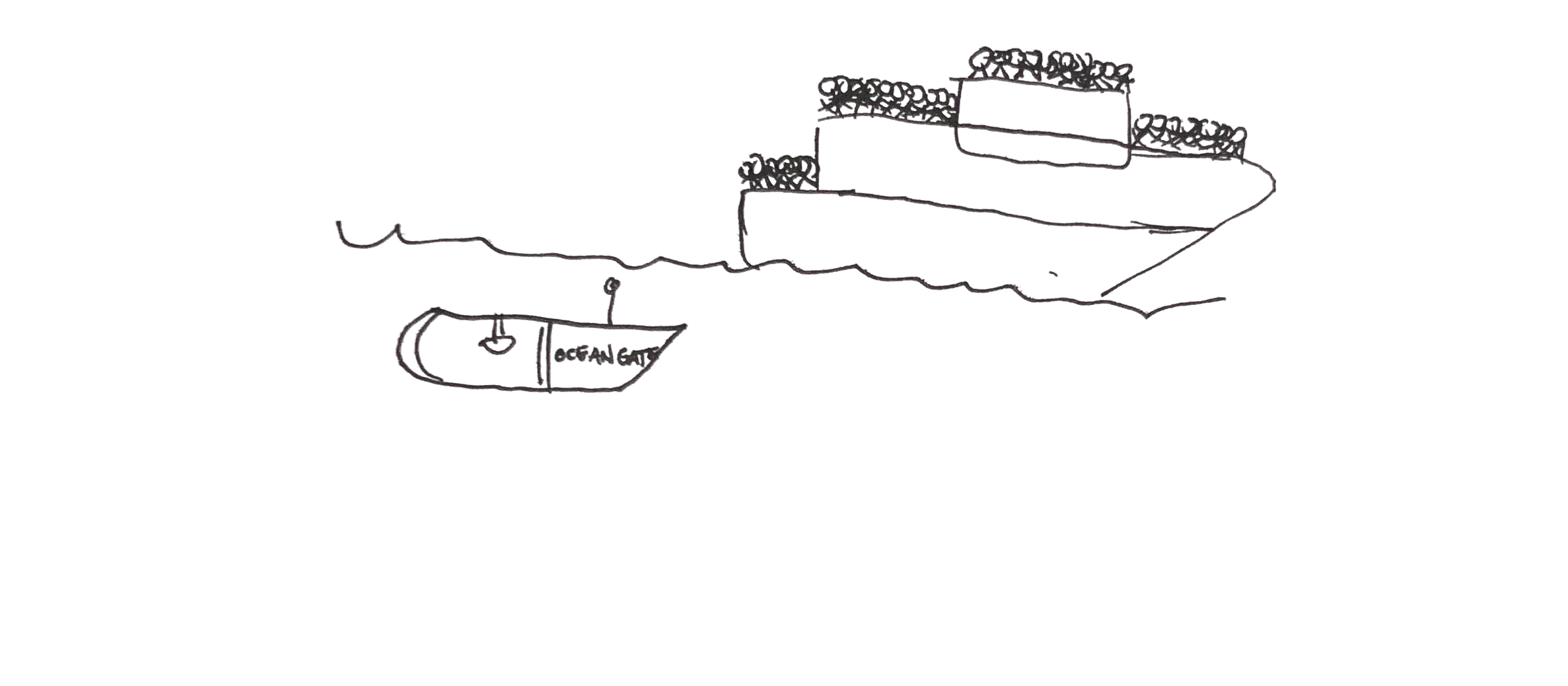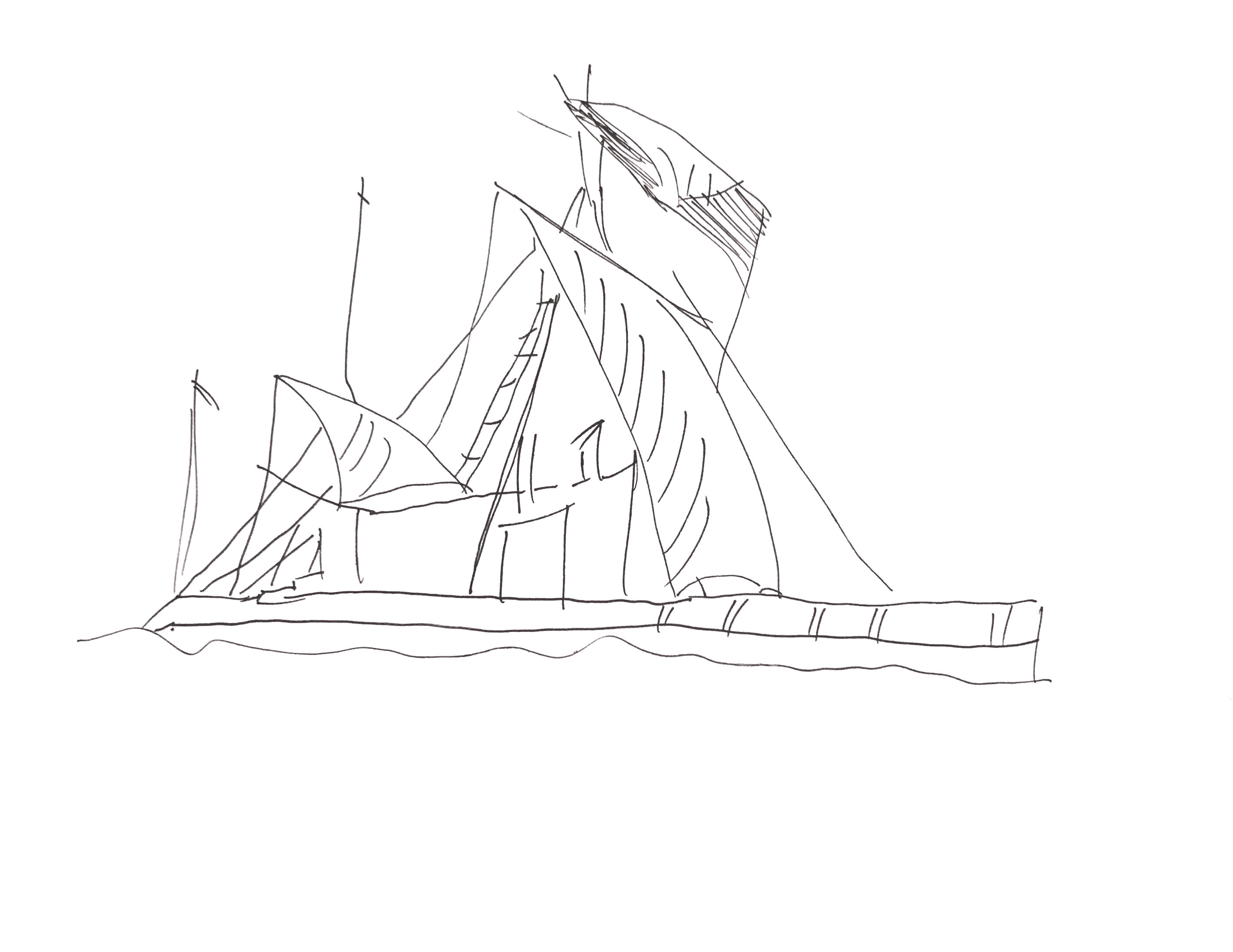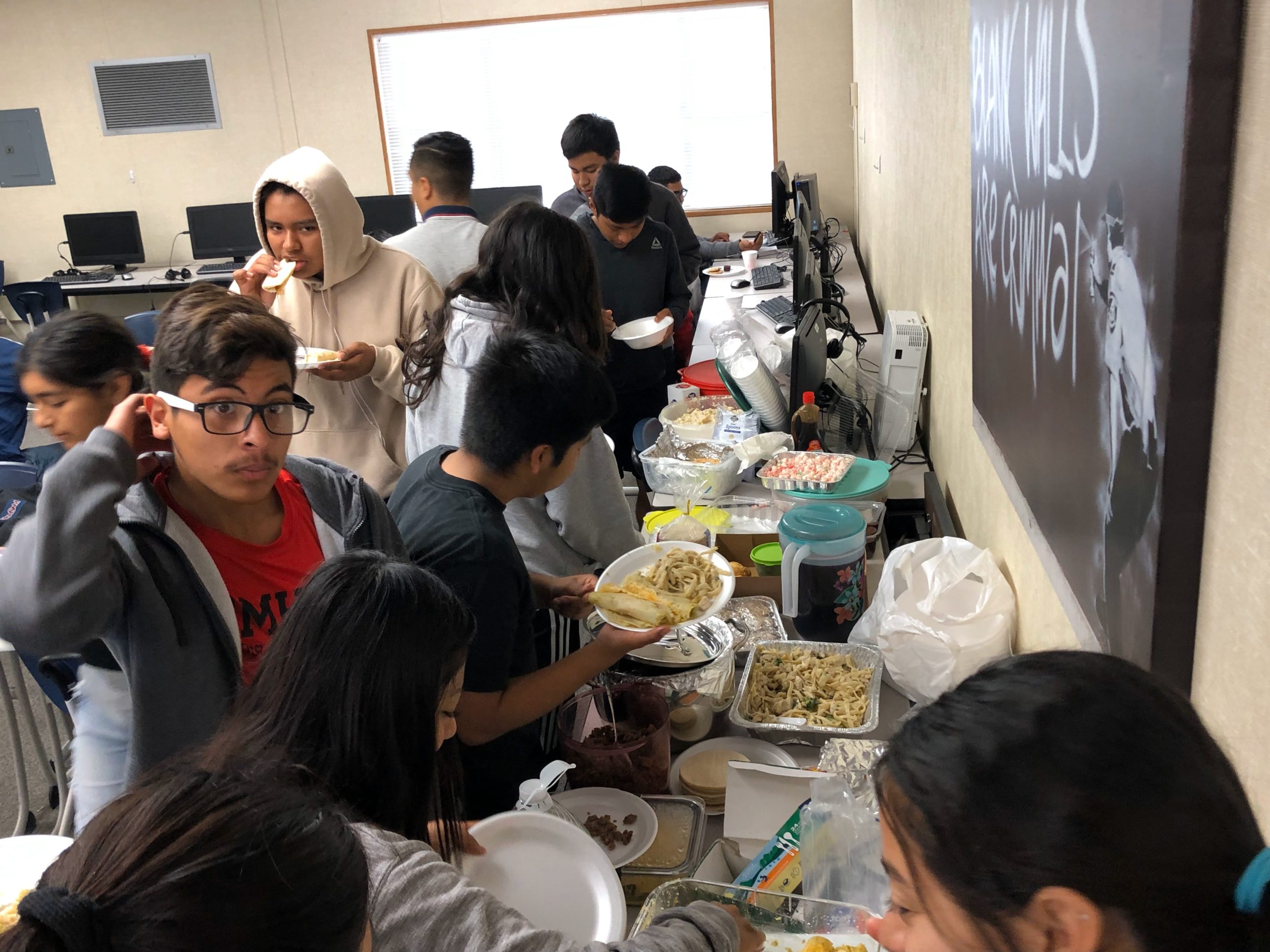Month: June 2023
-

Enter the 5PH1NX
Note: I originally wrote this post as a draft for 5PH1NX: 5tudent Peer Heuristic for 1Nformation Xchange (A slightly transmedia use case in peeragogical assessment.) David Preston, Ph.D. _________________________________________________________________ Over the last several decades technology has driven massive shifts in the way we communicate and collaborate. Information technology, socioeconomic trends, an increasingly complex and uncertain…
-

a tale of two vessels
VESSEL ONE Five people paid $250,000 apiece to die next to the Titanic. James Cameron (blockbuster film director, est. net worth >$700M) explained the “catastrophic implosion” of the OceanGate submersible to Anderson Cooper (Vanderbilt heir, est. net worth >$100M) on CNN: “The only scenario that I could come up with in my mind that could…
-

welcome aboard the digital kon-tiki
Everyone who participates in Open-Source Learning proves that it works. Sometimes the results are observably extraordinary, like when a high school student learns to fly a plane or leads an entire learning community for a long weekend of interdisciplinary wonder in Yosemite. Often, Open-Source Learning creates more subtle results. We shift our thinking in ways…
-

Summer reading: the 7 elements of open-source learning
This is the first in a series of summer reading articles about how we can reimagine learning for next year and beyond. To get the next article delivered automatically to your inbox, click HERE. ____________ You made it through another school year. It’s time for your summer reading pleasure. Cue Alice Cooper. It’s time to…